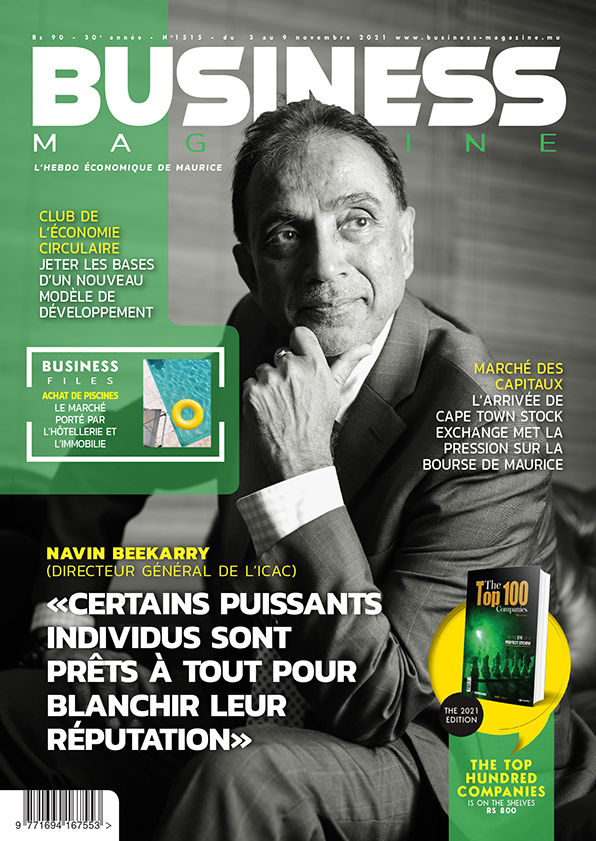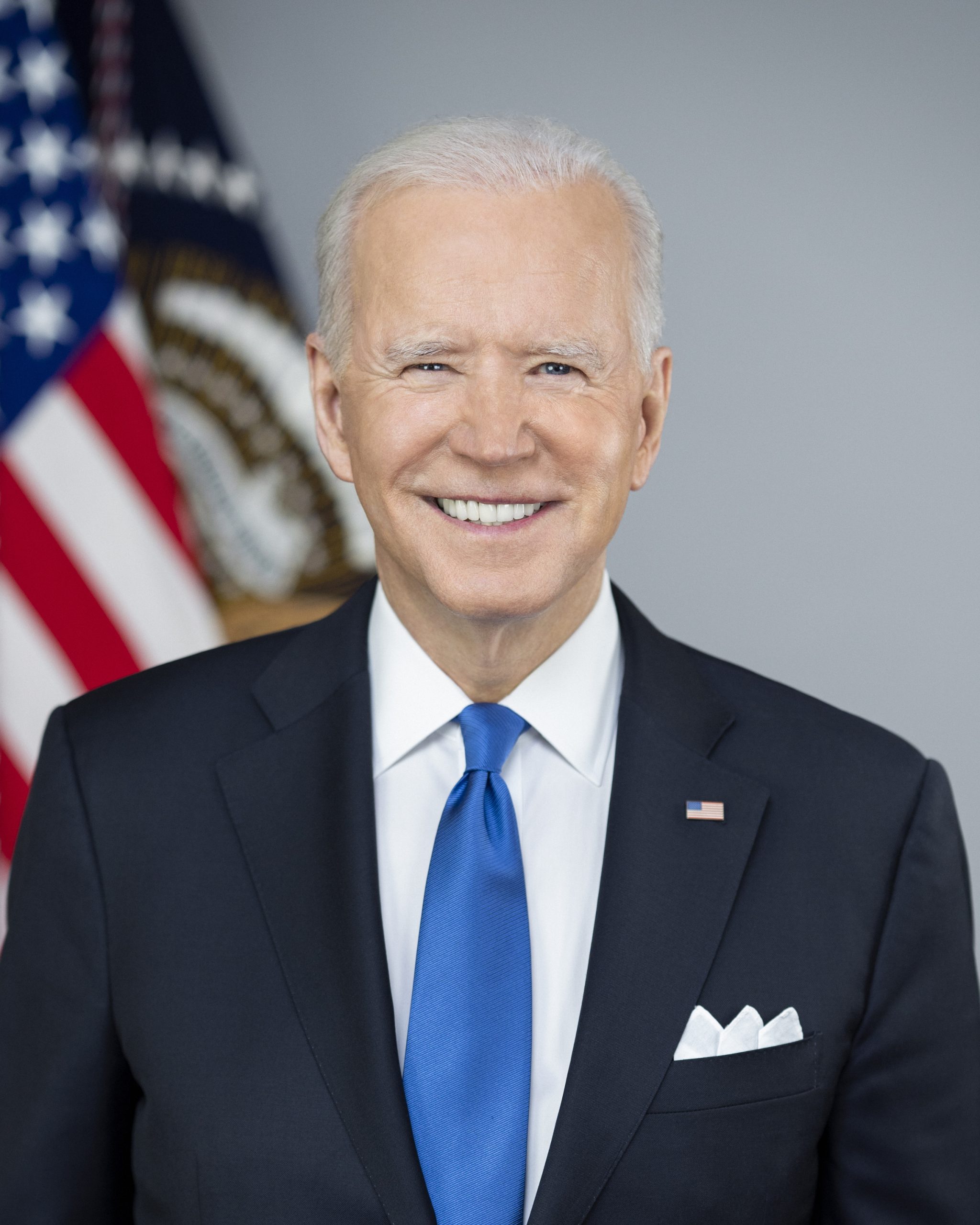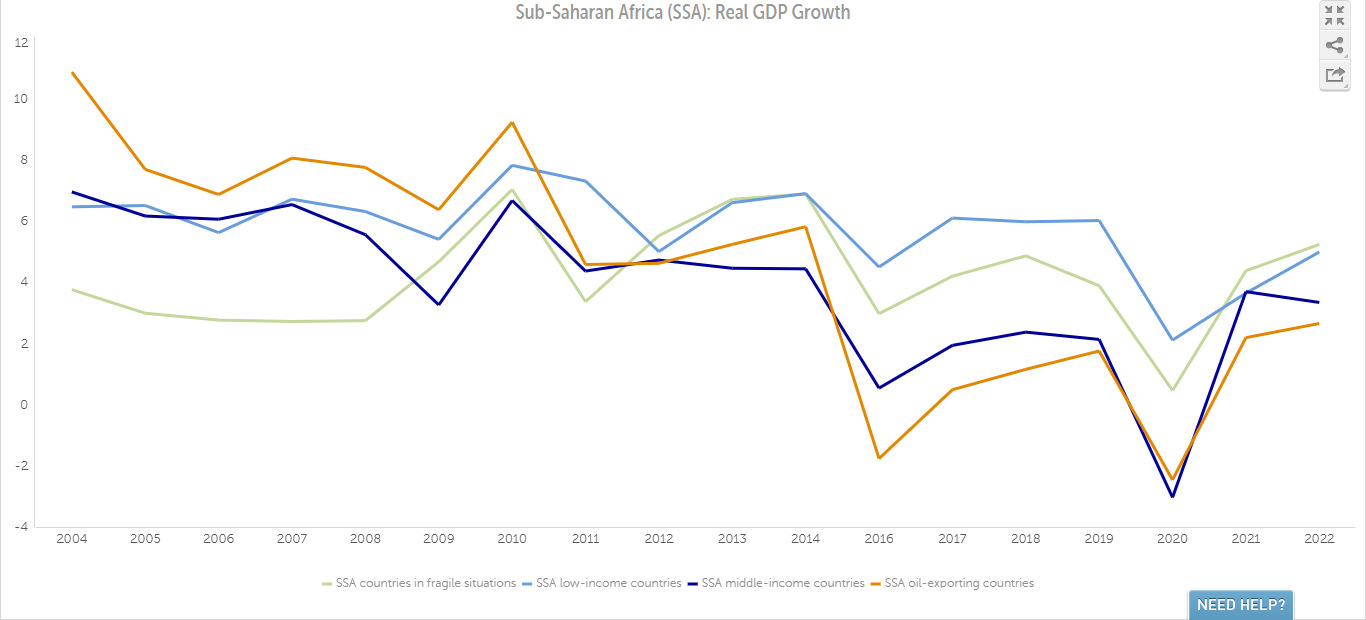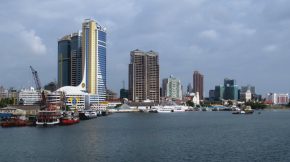Historic routes, modern progress
Share

In 2016, China was an economy in transition. Internally, growth was moderating, economic drivers were diversifying and its evolution from emerging to developed market was gathering momentum. It has become the largest economy on a purchasing power parity basis and second only to the US in nominal terms. China has also been thrust centre stage, more recently, as a leader in a more open, global and connected world.
With China’s policymakers undertaking a substantial economic restructuring from export-oriented production and manufacturing to a more consumption-led model, there was a clear need to diversify and look at opportunities outside China to benefit from the country’s position in global trade and international commerce.
Enter Belt and Road (B&R), an initiative aligned with China’s ambitions which is influencing a new round of high-growth across emerging economies. In a return to its roots, China has identified historical trade corridors to facilitate its next phase of internationalisation.
Given the project’s scale, there has been much debate around the motivations, the scope and the opportunities under the B&R framework. This paper addresses these considerations, focusing on why the participation of countries along this corridor is important to B&R’s success.
On the surface, B&R is an opportunity rooted in historical strategic road and maritime corridors linking China, Africa and the Middle East with the rest of the world. China is now the second largest global investor behind the United States, having emerged as a major player in international infrastructure development and poised to invest USD720 billion in 303 transport infrastructure projects over three years domestically alone. It has seen the renminbi (RMB), jump into the top five payments currencies globally for the first time in the past 12 months - with adoption reaching nearly 40 percent among financial institutions worldwide, as reported by SWIFT last year although it has since slipped back into sixth place.
The RMB’s inclusion in the basket of currencies that make up the Special Drawing Right, or SDR, is another important milestone in the integration of the Chinese economy into the global financial system.
B&R also demonstrates a major pivot in China’s cross-border commercial policy, whereby emerging markets are set to become the next generation of beneficiaries from strategic initiatives. And, in many respects it is these countries, rather than China itself, which will determine B&R’s success.
The principles of B&R
The initiative is a new paradigm for China and more than 60 countries which line the rebooted Silk Road. Encouragingly, the policy shows China’s appetite to play an influencing role in the development of growing emerging markets. China is now thinking bigger, more regionally, and globally.
Deploying the country’s massive manufacturing base, technical expertise and capital, for regional infrastructure development will be essential if the initiative is to s쳮d. This initial phase is fostering relations with ASEAN, Central Asian and Middle Eastern countries through the development of an unblocked road and rail network between China and Europe.
In other words, there is a push towards “hard” connectivity infrastructure development, notably transport links, to revitalise the Silk Road, but also an emphasis on “soft” connectivity, including the promotion of trade and financial integration, as well as policy and cultural exchange3.
The key connectivity and successes of B&R will develop outside China’s borders; a fact reinforced by policymakers. B&R countries represent more than a third of the world economy and over half the global population. Proposed infrastructure projects and trade cultivation programmes are sizeable economic feats. Long-term projected investments are estimated to benefit approximately 4.5 billion people. Commentators believe B&R’s influence could exceed the US’s post-World War II Marshall Plan reconstruction by as much as 12-fold, in comparable, money-of-the-day terms.
Aside from infrastructure investments in ports, high-speed railways, power generation and other utilities, there is vast scope for private-sector investment opportunities for both China and partner nations in real estate; telecoms; e-commerce; financial services; tourism; education; creative industries; and green technologies.
The rationale for African countries participating in B&R is based on the continent’s rapid urbanisation trend4. More than half the African population is expected to live in towns and cities within less than 20 years, compared to 40 percent now. This will in turn bring an increased need for infrastructure, and the financing to build it.
Encouragingly, the groundwork has already been laid. In recent years, Africa has benefited from infrastructure development from China, and now has the opportunity to leverage this further, notably in line with the rise of the sub-Saharan consumer class. Accor-ding to a report by law firm King and Wood Mallesons, Chinese outbound investment into Africa is shifting from its conventional focus on resources to encompass industries such as banking, clean energy and telecommunications. This is driven by Chinese firms’ ability to offer low-cost, high-end technology.
The report cites the telecoms sector as one of China’s greatest successes in Africa, noting it is the world’s fastest growing mobile phone market, and the future potential for Chinese firms to provide infrastructure that will boost network coverage across large swathes of the continent.
There is also an increasing emphasis on private capital. For example, in 2015, six institutions inclu-ding Standard Chartered provided USD 515 million in project financing for an independent Zambian colliery to build a mine-mouth, coal-fired power plant and associated infrastructure. Last year, one of China’s largest construction companies signed construction deals in Africa worth a combined USD 5.5 billion, further signalling the growth of B&R activities.
Stronger ties have also emerged with Middle Eastern and Central Asian economies, which have seen pockets of development driven by China’s demand for overland resources trade and delivery.
Diplomatic ties were first established between China and Arab countries in the mid-1950s, and the economic relationship has since been cast with energy cooperation as the central tenet, infrastructure construction and investment support as its two ‘wings’, and nuclear energy, satellite technology and new energy as three areas of potential breakthroughs.
Like Africa, the Middle East is also experiencing urbanisation. In the heady days of oil at more than USD100 a barrel, it could self-fund the required infrastructure. However, the region now needs alternative sources of capital. In this context, B&R has obvious appeal, particularly with a similarly growing emphasis on private sector participation. Last year, the UAE introduced a law to support the increased use of public-private partnerships including concession, build-operate-transfer, and manage and operation agreements. The independent Power Projects (IPP) announced last year in Oman are a recent example of the strategic focus on Belt & Road by Chinese corporates and supporting partners in the region.
In 2015, during Xi Jinping’s state visit to Pakis-tan, the first project of China’s USD46 billion Silk Road Fund for investment in the B&R initiative was unveiled. This 15-year plan will improve and build roads, rail and energy pipelines, as well as develop energy infrastructure which is required to support Pakistan’s economic development. Most of the investments are in the China-Pakistan Economic Corridor, which is of great interest to the banking sector as seen with the initiation of the second phase of the project where a number of industrial and economic zones have been established7.
In terms of financial links, UAE and Qatar have committed to the development of the RMB by launching clearing hubs. Data from SWIFT’s RMB Tracker last September also show strong growth in the UAE’s adoption of the currency, with a 210.8% rise in payments value of the currency since August 2014. More than 80% of direct payments between the UAE and China/Hong Kong in August 2016 were in RMB, representing one of the highest increases worldwide. Despite recent reductions in global RMB use, this is just the beginning of a long-term trend.
For countries along the B&R route, the opportunities available require strategic consideration. In its initial phase, B&R has spearheaded the negotiation of partnerships stretching from Singapore to the UAE, via Pakistan and other countries along the route.
B&R initiatives will lead to tighter financial integration within the region through enhanced cross-border exchanges. The establishment of financial institutions such as the Asian Infrastructure Investment Bank and Silk Road Fund will provide a level of capital and support. But, corporations outside China will require high-level financial partnerships and advisory to fully reap the potential rewards of B&R.
When history judges its success, B&R will likely be viewed in its entirety. Understood as a China-initiated programme, but seen in broader terms as a cross-border economic project. China needs to ensure mutual benefits from the initiative. B&R is a commercially oriented project, not a foreign aid programme. To achieve true success, the initiative depends on the adoption and connectivity of multiple markets, government and private sector cooperation, and investment along the new Silk Road.









